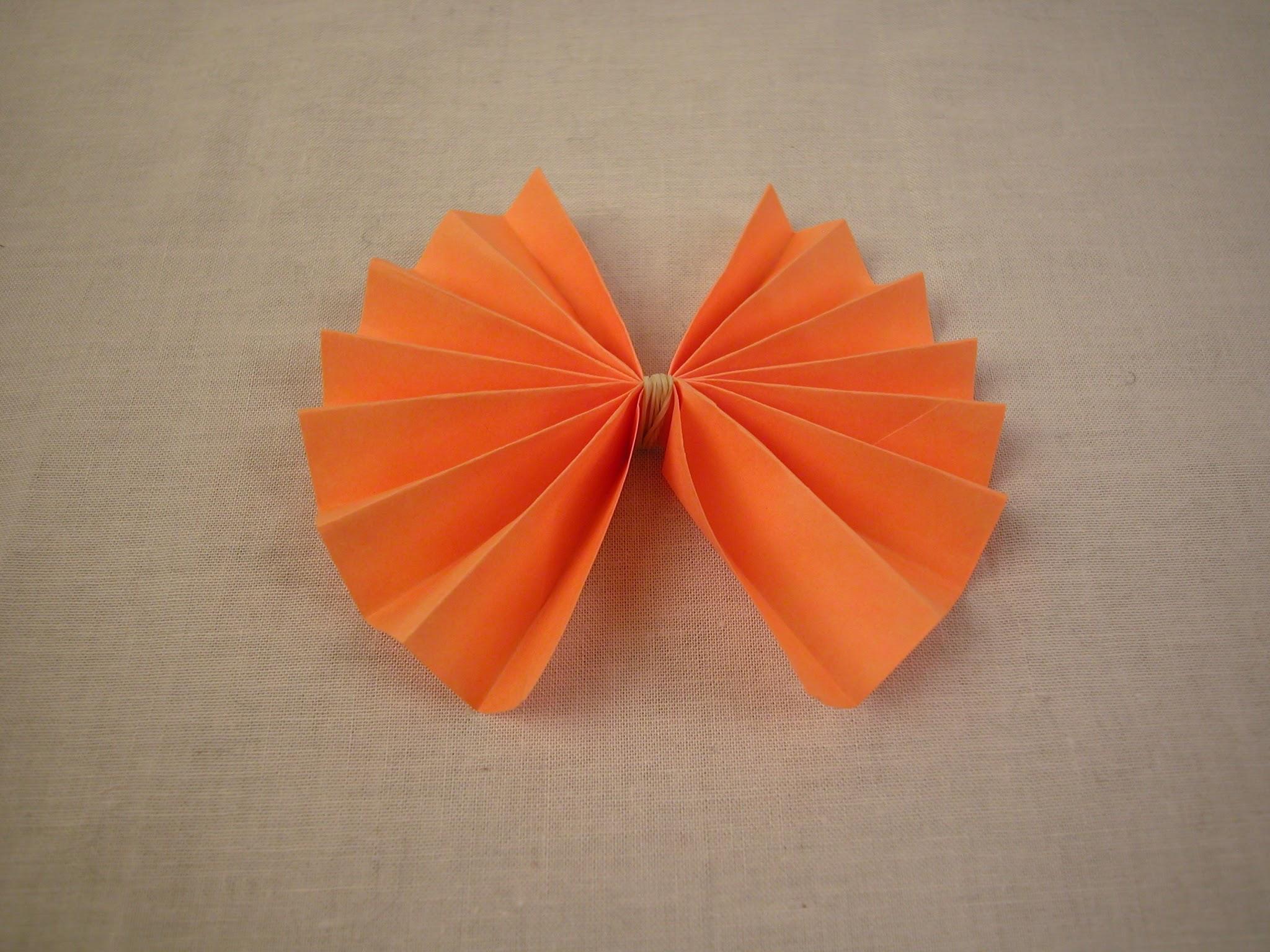The following lesson on music pitch is suitable for KS1 and maybe KS2 if they have no exposure to it at all.
I started off giving students a vocal experience by teaching them the Rent chant. I have modified some of the words to make it rhyme better.
Villain[low voice]: You must pay the rent! You must pay the rent! You must pay the rent today!
Lady[high voice]: I can’t pay the rent~ I can’t pay the rent~ I can’t pay the rent today!
Villain[low voice]: You must pay the rent! You must pay the rent! You must pay the rent today!
Lady[high voice]: I can’t pay the rent~ I can’t pay the rent~ I can’t pay the rent today!
Hero: I’ll pay the rent! I’ll pay the rent!
Lady[high voice]: My hero!
Villain[low voice]: Oh no…
While doing this chant, you can use your hands to form a ribbon or you can make a paper ribbon to go with it.

Reference: https://www.wikihow.com/images/2/2b/Make-a-Paper-Bow-Step-4.jpg
The kids really do get tickled by this as they get so amused with the teacher’s fluctuating voice pitch.
Discuss with students what happens to the voice at this point when acting out the different characters.
After which, I proceed to tell them another story about Mr Brown and Mr Green. I have modified such that the story can be told in beat or like a rhyme.
Mr Brown & Mr Green are very good friends.
They live on a big, high hill.
One day, Mr Brown decided to go visit his friend Mr Green.
He opened his door & popped out his head & close his door again.
He went up & down & up & down until he reached Mr Green’s house.
He knocked once (knock), he knocked twice!
But no one was at home.
So, he went up & down & up & down until he reached his home.
He opened his door & popped in his head & close his door again.
Next day, Mr Green decided to go visit his friend Mr Brown.
He opened his door & popped out his head & close his door again.
He went up & down & up & down until he reached Mr Brown’s house.
He knocked once (knock), he knocked twice!
But no one was at home.
So, he went up & down & up & down until he reached his home.
He opened his door & popped in his head & close his door again.
The very next day, at the very same time, they both decided to visit again.
So, they open their doors & popped out their heads & close their doors again.
They went up & down & up & down until they finally met!
They happily talked, talked and talked until it’s time to go.
They waved each other goodbye (Goodbye!) and then they parted their ways.
They went up & down & up & down until they reached their homes.
They opened their doors & popped in their heads in & close their doors again. The End.
Refer to reference 1 for the actions with hands and it gets more interesting when using xylophones or keyboards.
To continue the story of the the friends travelling up and down the hill. I taught the students to sing “Someone Standing”. Also available in Reference 1.
To include some Orff elements and to introduce Mi-So-La solfeges, I taught the students the following ostinato.

It relates to the story of the song and chant and hopefully it will encourage students to learn improvising Mi-So-La later on.
As a performance, during the storytelling, a bass ostinato can be played in the background. At the same time students play up and down the keyboards/xylophone. After the chanting, they can start singing “Someone Standing”, continued with the melodic ostinato and improvise their voices on Mi-So-La.
References:
- http://caldwellorganizedchaos.blogspot.my/2016/01/teacher-tuesday-teaching-high-and-low.html
- http://www.cengage.com/resource_uploads/learning_module_downloads/1435400127_54154_media.pdf
- https://lavenderluz.com/2007/07/worlds-shortest-and-most-often-performed-play-2.html
